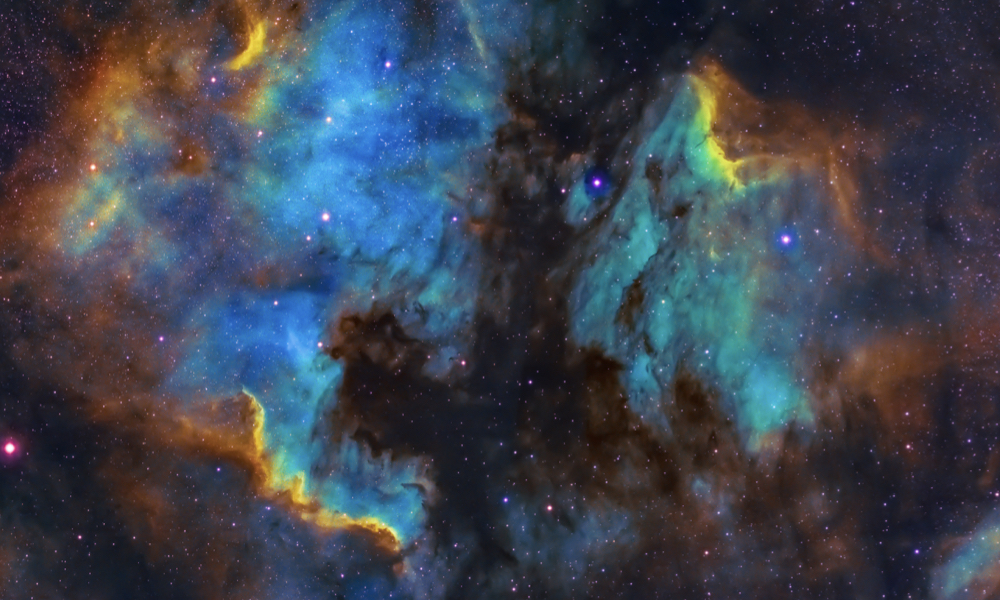
ESA Open Invitation To Tender AO8263
Open Date: 29/04/2015
Closing Date: 12/06/2015
Status: ISSUED
Reference Nr.: 14.197.38
Prog. Ref.: General Studies
Budget Ref.: E/0600-00 – General Studies
Special Prov.: B+DK+F+D+I+NL+E+S+CH+GB+IRL+A+N+FIN+POR+GR+LUX+CZ+RO+PL+CDN
Tender Type: C
Price Range: 100-200 KEURO
Establishment: ESAHQ
Directorate: Directorate of Technical & Quality Manag
Department: System, Software & Technology Department
Division: Future Prep. & Strategic Studies Off.
Contract Officer: O’Sullivan, Margaret
Last Update Date: 29/04/2015
Update Reason: Tender issue
ESA’s Gravity Field and Steady-State Ocean Circulation Explorer (GOCE) spacecraft reached fuel depletion on October 21st 2013, at an altitude of about 225km. From that date onwards, GOCE was bound to undergo a natural decay which lead to an uncontrolled re-entry on Nov. 11th 2013 at 00:16UTC. The last successful station pass over the Troll station in Antarctica with fully nominal reception ofhousekeeping telemetry occurred around 1h before the actual re-entry. The objective of this activity is to exploit the rich telemetry data set of GOCE to the fullest on the topic of re-entry predictions by establishing the environmental and observational uncertainties associated to re-entries. Moreover, the lessons learned can be applied beyond the re-entry of GOCE itself. The GPS telemetry received from the spacecraft is allows to reconstruct the re-entry event decay trajectory to a high level of detail. Furthermore, combining the orbital position with the attitude enables to accurately define the drag and magnetic environment encountered during there-entry. Given a reference orbit and physical environment derived from the telemetry data or modelled, the quality of the externallyobtained orbit data can be assessed by determining an orbit from the external data sources and predict the re-entry based on them. Moreover, by determining the residuals of these external measurements w.r.t. the reference orbit, the influence of the quality of the measurement on the re-entry prediction can be established. As such, the comparison between time depended predicted re-entry fromsensor data with the reference obit can be analysed to establish a lower bound on the re-entry position and epoch uncertainties. The potential for reduction of the uncertainties will be analysed. Given the aerodynamic shape of GOCE, this study shall investigate the extent to which the results can be extended to include aerodynamically similar objects such as rocket bodies.
If you wish to access the documents related to the Invitation to Tender, you have to log in to the ESA Portal.
